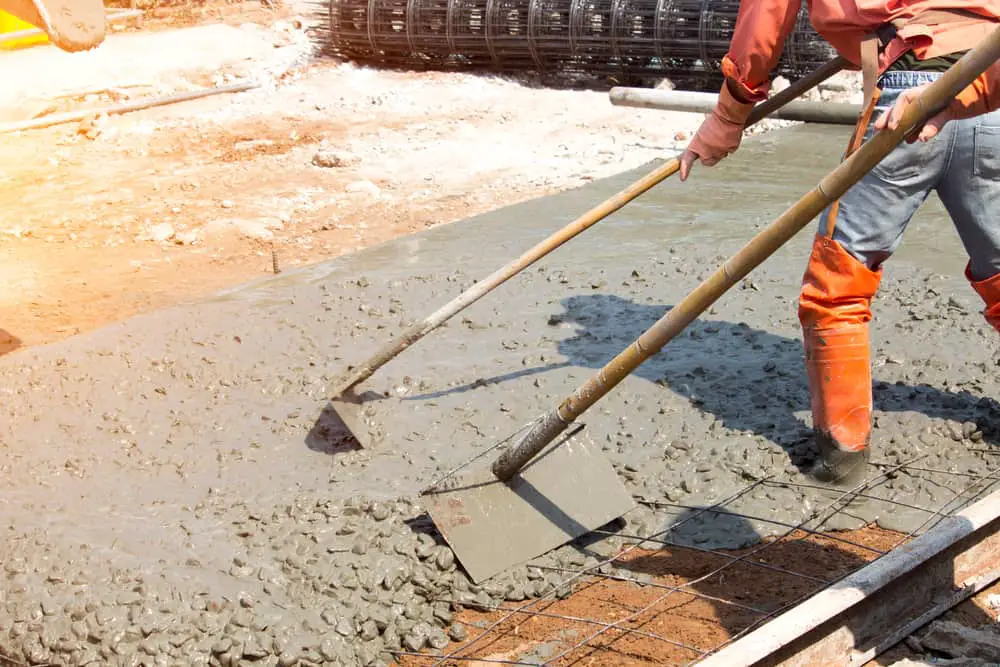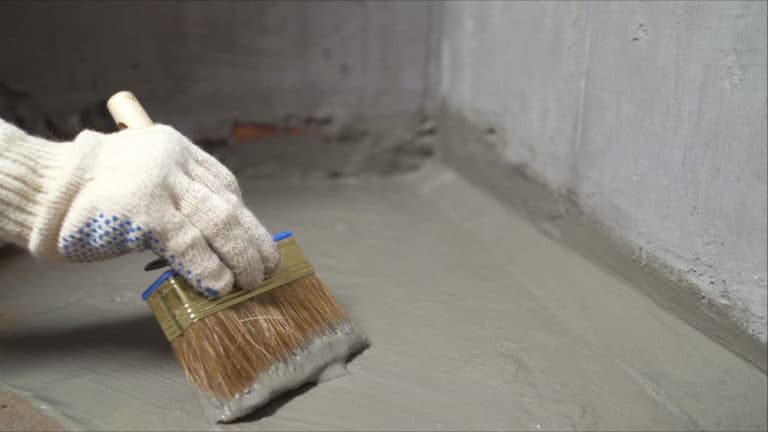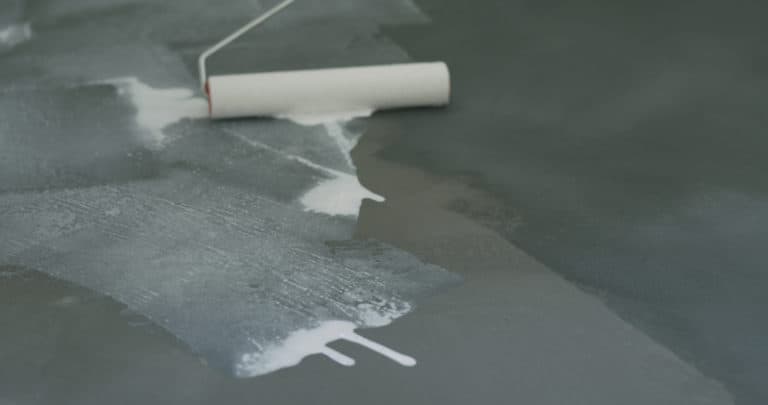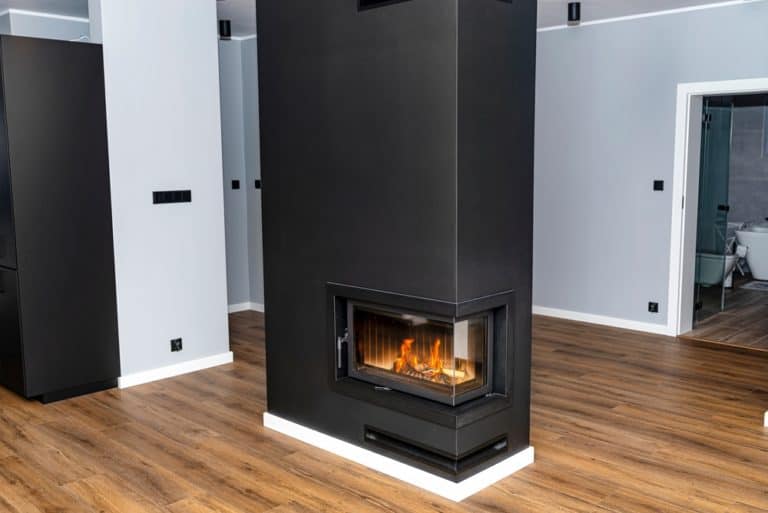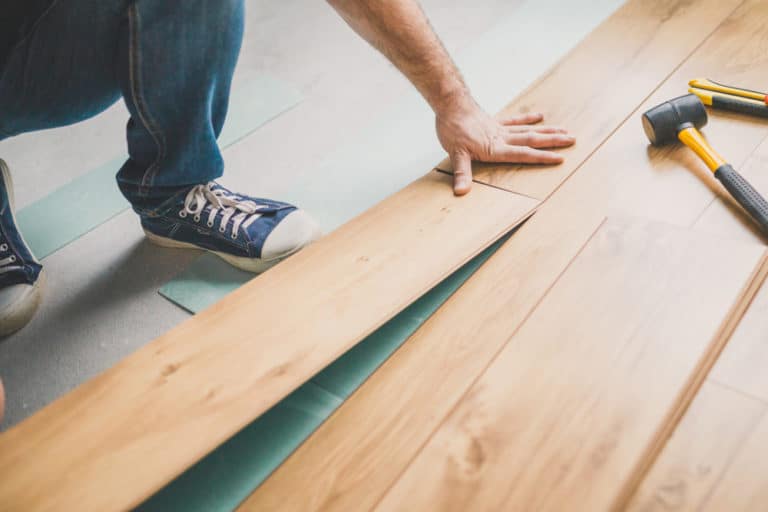How Thick Should A Concrete Second Floor Be?
Adding additional floors to a home can be quite a headache because of everything that needs to be considered, such as materials. Concrete is a great material for this purpose as it is both easy to construct, affordable, durable, and versatile in its application. The question now is how thick should your concrete second floor be?
A concrete second floor for a residential home will be around 0.2 – 0.4 meters thick(somewhere around a foot). The thickness of an upper floor is determined by the ceiling design of your first floor, the structural members supporting the floor, and, lastly, the design of your structural system.
As we mentioned earlier, designing floors can get quite complicated, and there’s a reason why this type of project requires professionals to get involved. Before anything else, safety and function should be your main priority, and this is specifically why there’s a heavy emphasis on structural design and systems.
How thick should a concrete second floor be?
The average thickness of a concrete second floor for residential is 0.2 – 0.4 meters. Due to their relatively small size, residential buildings have a lot more leeway in terms of floor thickness than other building types.
The main factor you need to consider for floor thickness is beams and what you want to do with them. Beams are essential as they help redistribute a floor’s weight back to the ground. There are two main aspects of beams that you need to know which are:
1. Frequency
You should know how many beams you have or are planning to build to support your new second floor. The more beams you have, the thinner you make your floors, but only to a certain degree. 0.2 meters is already the minimum, and anything less than that can’t hold up reliably.
2. Design
Your beam’s thickness determines the style of your first floor’s ceiling. You can choose to have your beam fully integrated with your floor, making it so that you don’t have a protruding beam from your ground floor ceiling. Beam thickness more or less also stays within the 0.2 – 0.4 meter range, so you’re main concern with hiding beams will be the additional costs of labour and materials.
Concrete has a curing time of at least 24 days and will vary depending on the thickness of the concrete and environmental conditions.
Deciding how thick your concrete floor should be
The thickness of a floor will determine its strength in handling loads. In all honesty, it’s not the homeowner who directly decides how thick they should be for many reasons. The main reason is that floor thickness, along with all other structural-related parts of a home, is determined through computations done by a structural engineer.
If you want a say in how thick your floors should be, you’ll need to talk to your architect. You do this because structural engineers base their computations on an architect’s plans, and the architect bases their plans on the wants and needs of the client.
It helps to be specific and have an idea of what you want out of your new second floor, whether a swimming pool, a dining room, or a cantilevered viewing deck. It’s from those wants and ideas that the architect designs your house to fit you.
Is concrete a good material for floors?
Undoubtedly, concrete is one of the best building materials you can use as long as you have the right structural members necessary to support it. Compared to other materials, such as metal or wood, concrete is quite heavy, and it does need quite a lot of time to set and make properly.
Another benefit of concrete is that it’s quite versatile in finishing options. You can easily overlay wood, tile, masonry, or even smoother concrete over your floor. This works well for floors with different spaces( Ex. Kitchen, kitchen, bathroom, living room, etc.) that need different finishes.
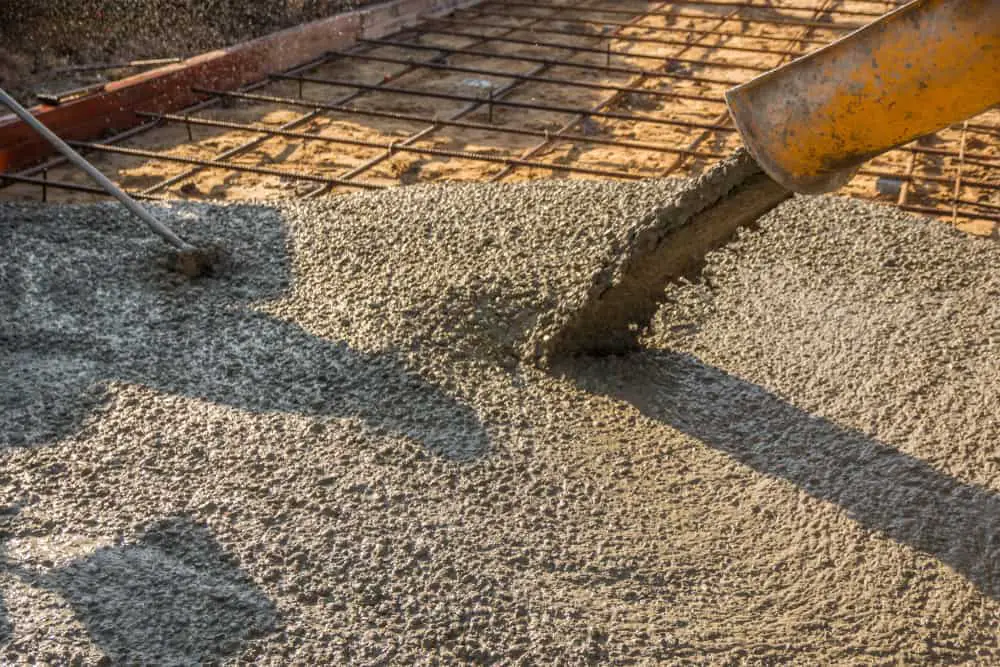
How are concrete second floors made?
Typically, concrete upper floors are made in the same way as a ground floor concrete slab.
A “mold” is made with steel reinforcement bars inside them. The mould is supposed to be bigger than the floor since it includes walls, and the reinforcement bars are supposed to be attached to other structural members( such as column bars or beam bars).
Once the mould is ready, the concrete is poured in and is left there to set. Since the type of concrete for floors isn’t adhesive, the mould can be taken apart once the concrete sets. Contractors can start working on other structural members for that floor, such as columns and beams.
Can you extend concrete floors?
The main issue with concrete floors is if they can be extended for future renovations. It can get quite difficult and expensive to extend a slab directly. You can build a new slab and connect it to your older floor. An exception to this would be for small to medium scale terraces.
Constructing a concrete slab costs around $4 – $8 per square foot. However, this figure assumes typical construction. New projects or renovations will cost quite a bit more as there will be extra labour in changing your old slabs to fit in with your newer ones.
Lastly, if you choose to create a new slab(enough to fit in a new room) on a second floor you’ll also have to construct a new foundation and columns to support the upper level.
Conclusion
The thickness of your floor will depend on the calculations that a structural engineer does base on the plans that the architect has prepared for you. Generally, concrete second floors for residential homes are around 0.2 – 0.4 meters thick.
Lastly, it’s important to remember that you still need to consult a contractor/engineer for this type of project.

